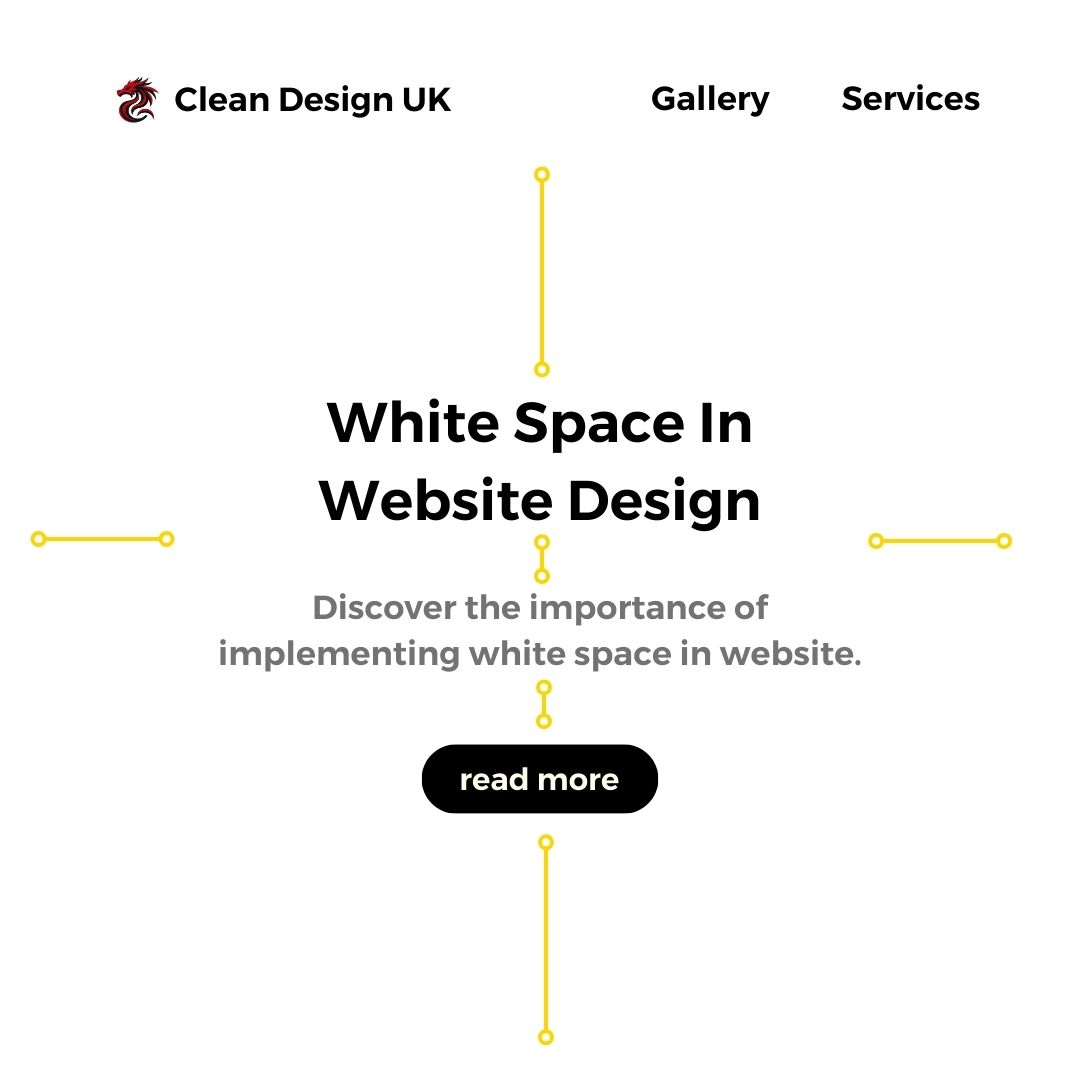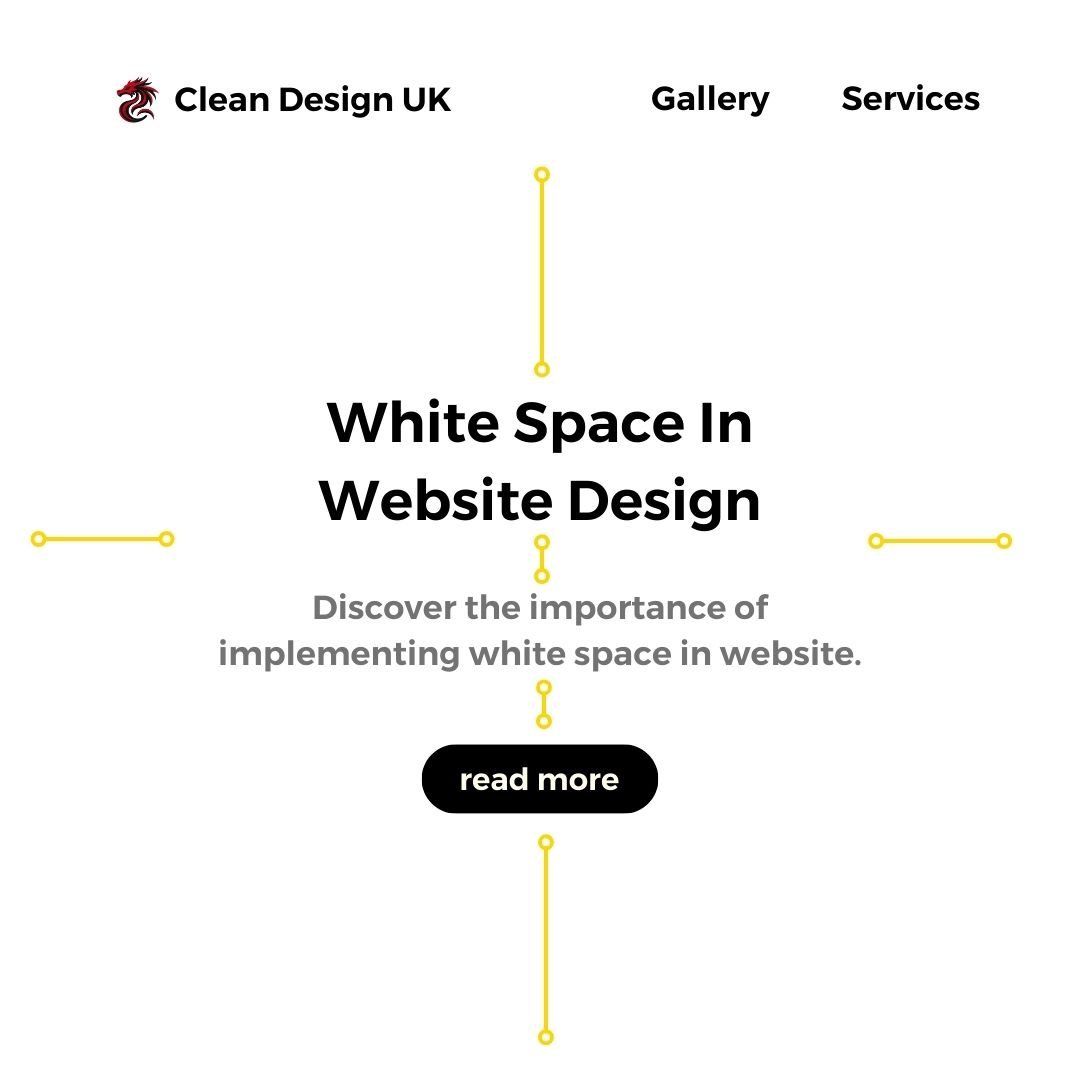The Power of White Space: Boost Readability & Conversions
White space—the blank area around text, images and buttons—does more than “fill” a page. When used strategically, it:
- Enhances readability by reducing cognitive load
- Guides the eye to your key messages & CTAs
- Creates a modern, uncluttered brand impression
- Boosts conversions by up to 20 %
In this guide, you’ll see five real-world before-and-after examples and actionable tips to apply white space like a pro.

1. What Is White Space?
White space (or negative space) is the area between elements—text blocks, images, buttons, and margins. It’s not “wasted”; it’s purposeful breathing room that:
- Defines hierarchy: Separates headings, paragraphs & sections
- Improves focus: Highlights CTAs, key images & messages
- Boosts comprehension: Studies show 20 % better reading speed
Learn how white space fits into broader 2024 design trends and why it’s essential for modern sites.
2. Before & After: Readability in Action
Case Study: A blog page with dense text saw 30 % more time on page after adding paragraph spacing and wider margins.
- Before: Single-column text at 16 px, no line spacing.
- After: 18 px font, 1.6 line-height & 40 px margins—reads like a magazine.
For more on crafting engaging content, see Content Is King.
3. Guiding Focus: Highlight Your CTAs
White space around buttons can lift click-throughs by up to 25 %. Notice how Apple’s product pages isolate “Buy” buttons with generous padding.
On your site, ensure each CTA has at least 30 px of surrounding space. See our 5 Essential Tips for a Successful Website for menu & CTA placement.
4. Creating a Modern, Minimalist Look
Minimalism relies on white space. By limiting elements and embracing emptiness, you convey luxury and clarity—just as major brands do.
Explore why this works in our Minimalism in Web Design guide.
5. Practical Tips & Tools
- Adjust padding & margins: Start with 20–40 px around blocks
- Increase line height: Use 1.5–1.8 for body text
- Limit element count: No more than 5 main CTAs per page
- Use grid systems: Try CSS Grid or Flexbox for consistent spacing
- Audit with tools: Run pages through Browser DevTools or Website Health Check
Related Reading
Frequently Asked Questions
- What is white space?
- It’s the empty area around design elements that improves clarity and focus.
- Can white space increase conversions?
- Yes—studies show up to a 20 % lift when CTAs are isolated with space.
- Is white space always “white”?
- No—it can be any background color or texture that creates breathing room.
Ready to Transform Your Site?
At Clean Design UK, we harness white space to create beautiful, high-converting websites. Contact us today for a free consultation!
